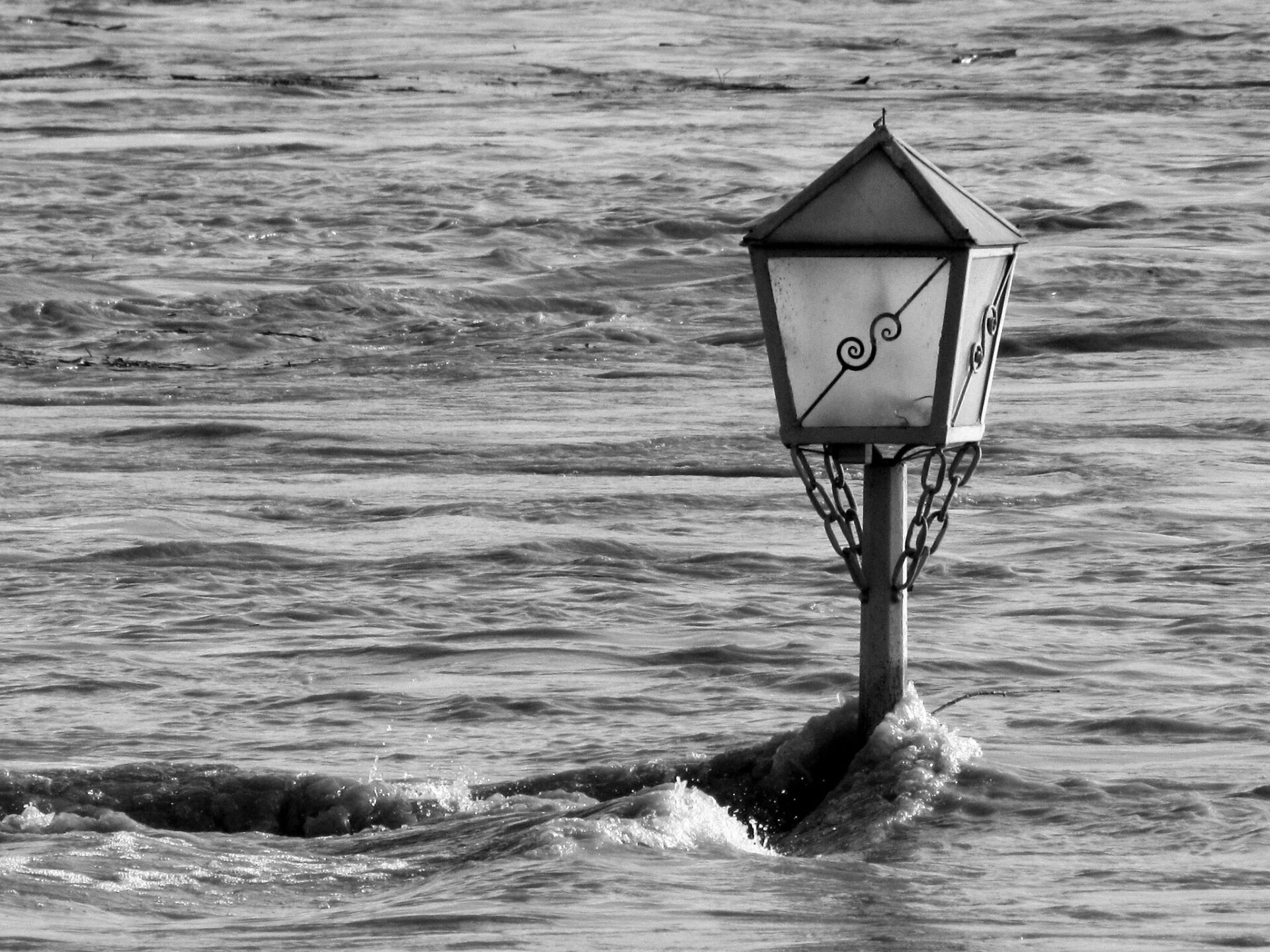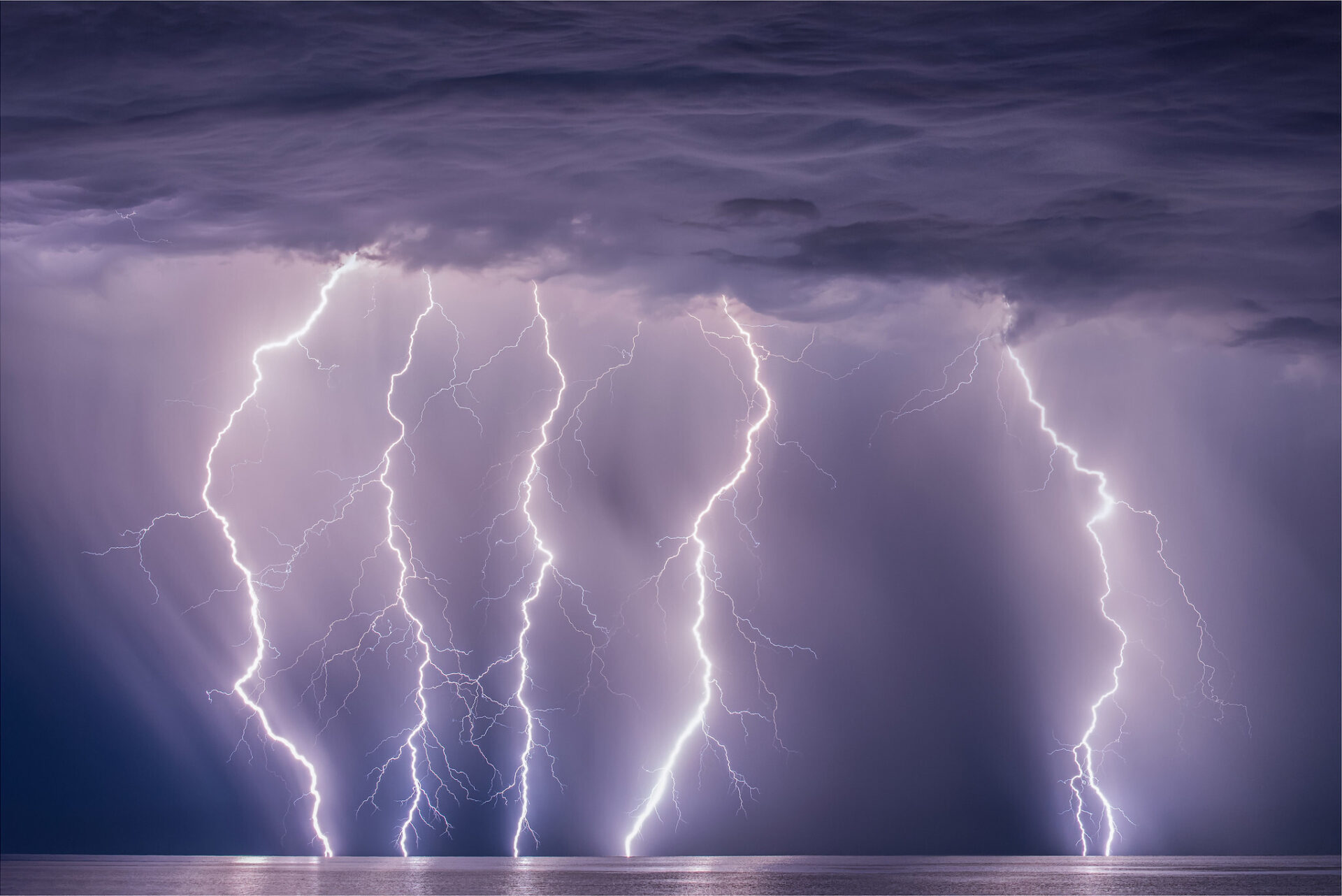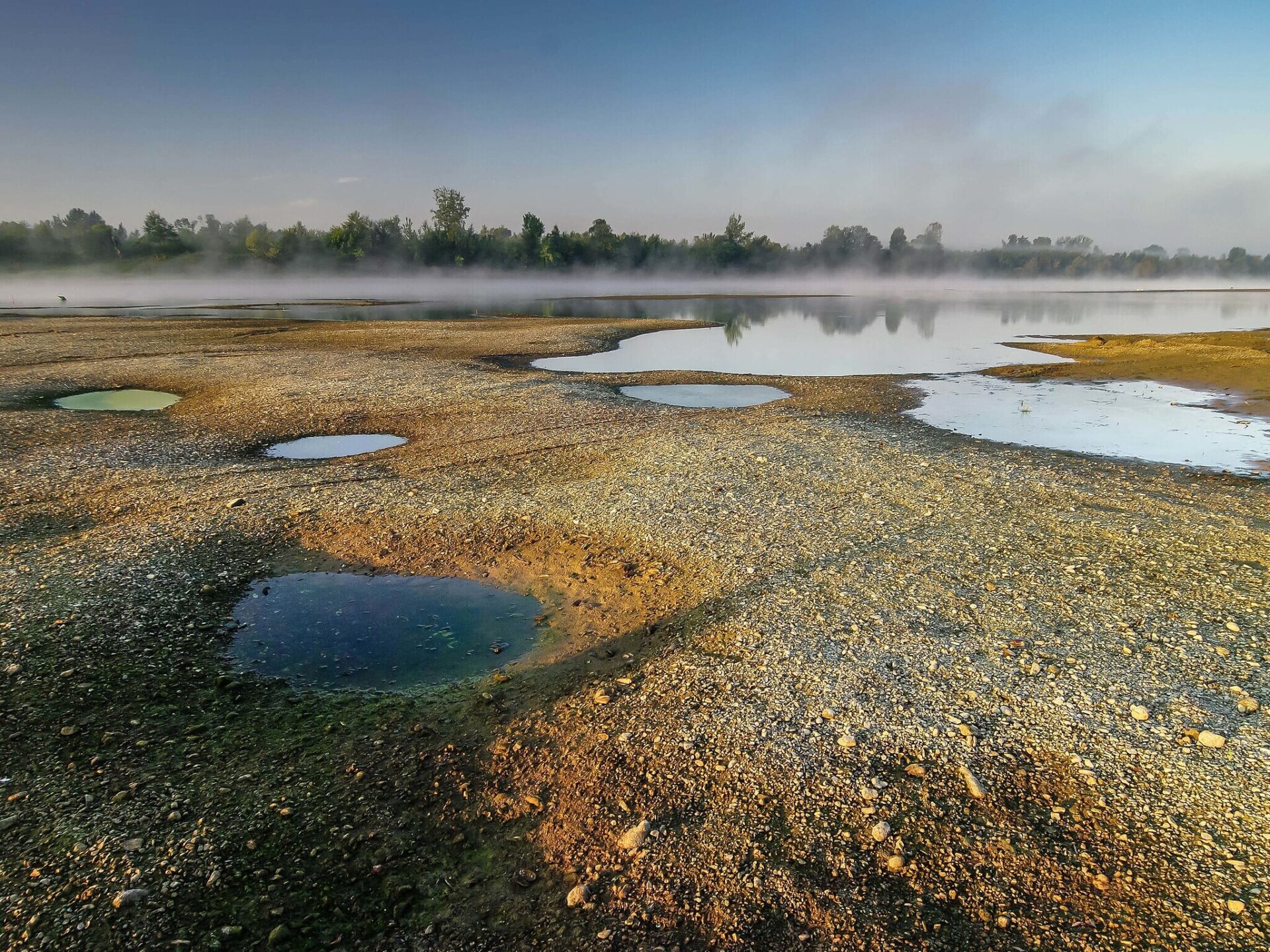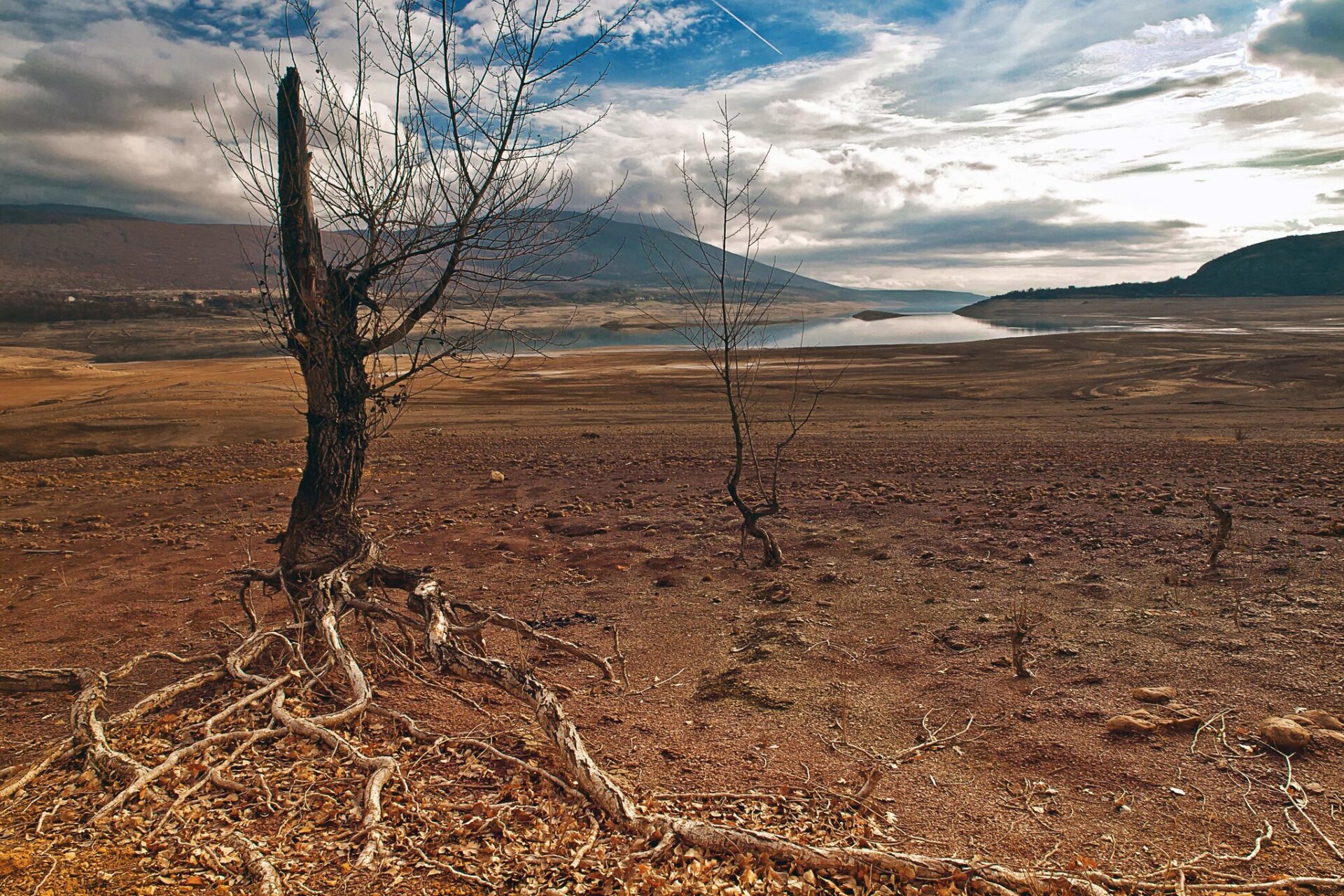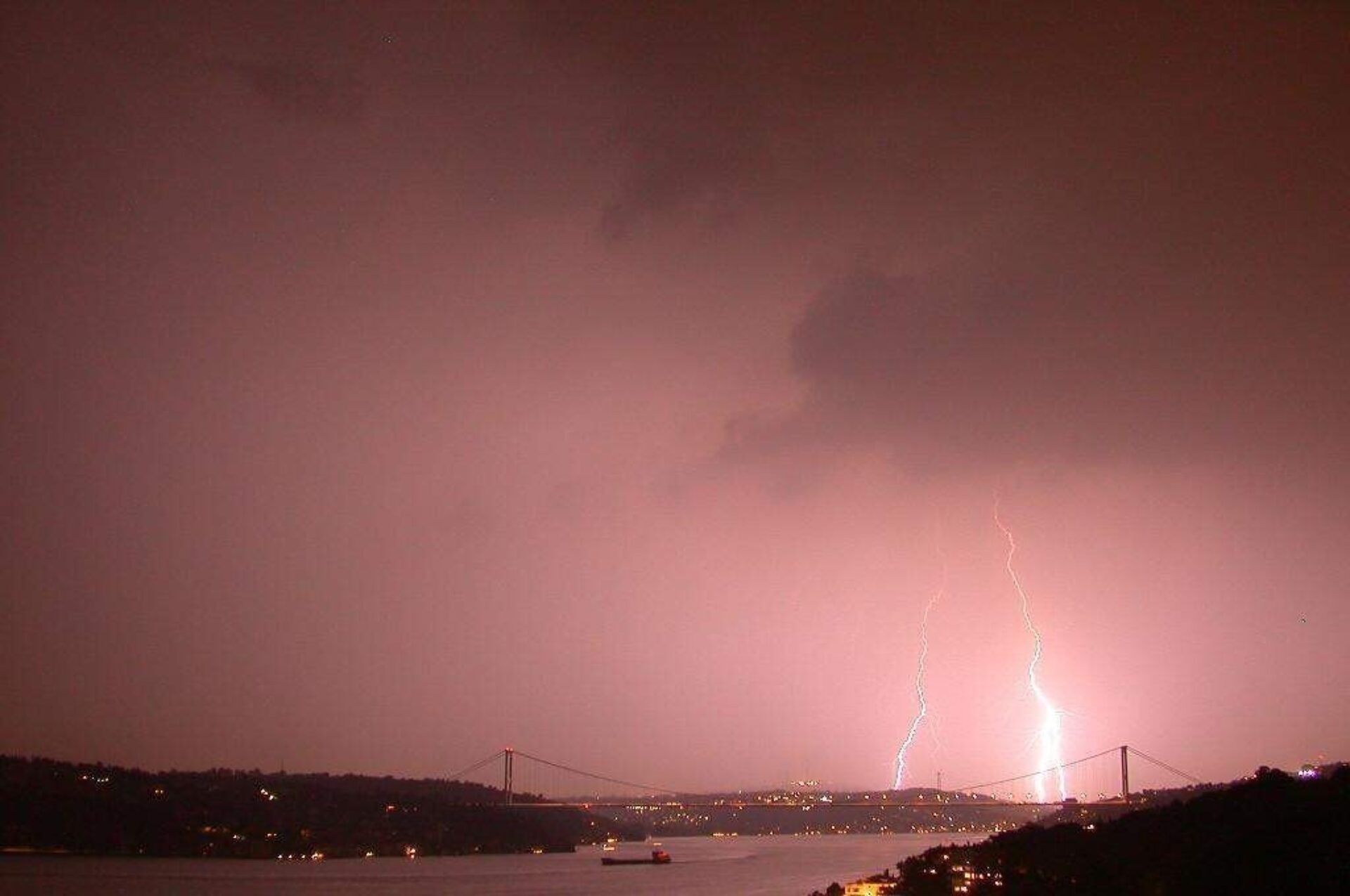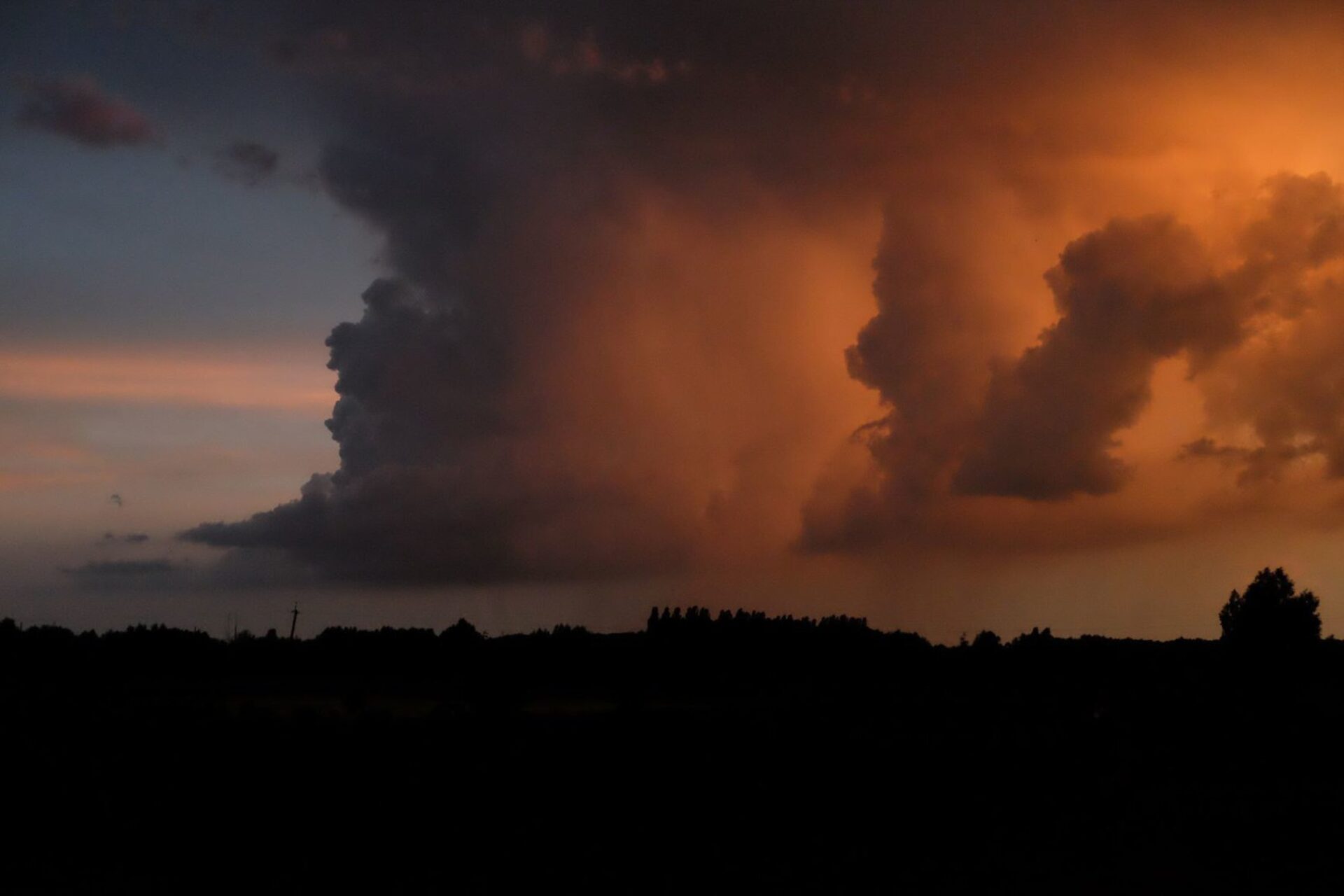Hazards
Floods
Floods are considered to be the deadliest natural hazards with exponentially growing trend in damages during the last decades. This is a consequence of the increasing frequency of heavy rain, changes in upstream land-use and a continuously increasing concentration of population and assets in flood prone areas. Inadequate flood forecasting, planning, and management exacerbate the impacts of floods on affected populations. In South-East Europe, approximately 30 % of the deaths and over 50 % of the damages caused by weather-, climate- and water-related hazards have been related to floods during the last five decades.
Severe storms
Severe storms are associated with heavy rain and strong winds causing disruptions to the society and damages for example to the infrastructure or transport connections. Convective storms are severe local storms associated with thunder, lightning, heavy rain, hail, strong winds, and sudden changes in temperature. In South-East Europe, storms have been linked to approximately 10 % of all damages caused by weather-, climate- and water-related disasters during the last five decades.
Extreme temperatures
Extreme temperatures, especially those lasting for a prolonged periods can cause severe impacts on public health. Heat waves in particular can significantly impact society by causing a rise in mortality and morbidity. Heat effects may be exacerbated in cities but also disrupt the livelihoods and well-being of non-urban communities. In South-East Europe, extreme temperatures have caused the most deaths (nearly 60 %) of all weather-, climate- and water-related disasters during the last five decades.
Droughts
Droughts are prolonged dry periods caused by a lack of rainfall. Poverty and improper land use increase vulnerability to droughts, and they can have large impacts on food security, human health, and population displacement and migration. In South-East Europe, draughts have caused approximately 20 % of all damages of weather-, climate- and water-related disasters during the last five decades.
Forest fires
Forest and wildland fires can be triggered during and after periods of drought, by lightning or by human action. As well as destroying forests, grasslands, and crops, they kill livestock and wild animals, damage or destroy settlements and put the lives of inhabitants at risk. In South-East Europe, these fires have been responsible for over 10 % of all damages caused by weather-, climate- and water-related disasters during the last five decades.
Sand and dust storms
Sand and dust storms are typical meteorological hazards that occur in arid and semi-arid regions. They are usually caused by thunderstorms and lift sand and dust from dry soils into the atmosphere. Dust particles can cause risks to human health, damaging external organs and potentially causing cardiovascular disorders. Sand and dust storms are particularly problematic in the Middle East part of the SEE-MHEWS-A project region, but other parts of the region have also been impacted by episodes of intrusion of sand and dust, particularly from Sahara.
*Information on hazard damages and losses in the SEE region sourced from:
EM-DAT, CRED / UCLouvain, Brussels, Belgium


